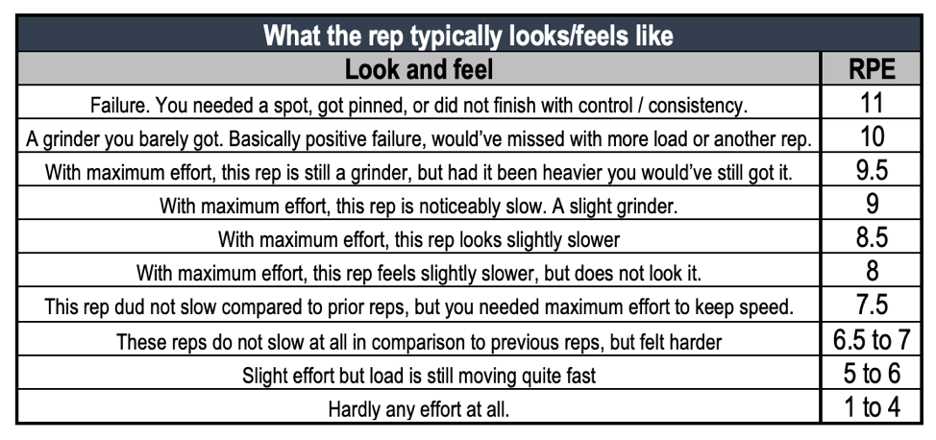How To Have a Great Workout, Every Workout
Some weeks, you might not be feeling your workouts. It happens to all of us. Whether you’ve got a lot going on at work or sleeping terribly, you will be lagging some days.
Here’s the key: It’s not about pushing the limits; it’s about learning how to have a great workout every time, no matter what is happening in your life or if you’re not “feeling it.”
At Born Fitness, we measure success by using a simple hierarchy:
- Are you consistently exercising? (Consistent can be 2-3 days a week or 4-5; both are good, but the key is whether you hit your goal week-after-week)
- Are you training with intensity? (intensity is relative to your ability)
That’s it. Sure, given those two details, we’ll make adjustments so that clients can see results, but we don’t worry about things like how long a workout lasts or feel married to specific exercises.
Instead, it’s about finding what works for the client, creating a plan they can follow, and making sure they work hard, whether it’s for 15 minutes or an hour.
But, it also means our clients need to know and understand how to train with intensity.
The Power of Consistency: How To Embrace Good, Bad, and Amazing Workout Days
Now, before you think we’re about to rant about “GO BIG OR GO HOME,” that approach is likely to violate Rule #1 about consistency. We want you to train with intensity given how you feel on any given day.
After all, it’s common for you to feel like crap some days, and the idea of needing to “bring the intensity” can be enough to prevent you from training. That’s what we want to avoid.
A training plan designed for real life means some days are PRs. Other days might feel like a small step back…but they all add up to consistency and consistent intensity, and that results in some crazy results and amazing transformations.
Here’s some math that explains why (Don’t worry, it’s not “real” math.)
Assume that approximately 25% of workouts are going to be a struggle, 50% of days are nothing special but lead to small changes, and 25% of days are amazing. If you show up on all of these days, your health will improve in life-changing ways.
The 25% crappy days are crappy, but they are better than nothing. It’s progress because you showed up and worked hard. Even if “on paper” it looks like a step back, this is a HUGE step forward. The 50% of days when you feel human, you’re making those small incremental changes that are the foundation of success in anything. And, the 25% of days where you are superhuman, that’s where you push the limits and expand your “ceiling” of what’s possible.
Add it all up, and you see that even if 75% of days are less than how you wish you felt, you’re 150% getting better. Trust me, it’s science.
Measuring and Maximizing Workout Intensity: Using RPE and Reps in Reserve
Now that we’ve made that clear, you might still be wondering how to judge or measure your workout intensity. That’s natural because there are many different ways for a workout to feel hard. Taking minimal rest periods is hard. So is lifting heavy weight, combining multiple exercises into one circuit, or even trying a new exercise that is more challenging.
When I ask clients if they’re training hard enough, I’m talking about the difficulty on each set.
Rate Of Perceived Exertion
One of the best ways to do this is gauging your rate of perceived exertion (or RPE) on each set. RPE is a great way to help you make the most of each set, no matter what you’re going through in life.
While it’d be nice to see progress on each and every workout, that’s not practical or realistic. On any given day, your body might feel different based on what’s happening in your life. Maybe your toddler was up all night, or you’re fighting a cold. You could be stressed from work or not locked in with your nutrition. All of these variables impact your training, but you don’t want it to lead to a bad workout.
Using an RPE for your lifts gives you the freedom to adjust the weight down (or up) and still get in a great workout based on how you’re feeling.
Usually, your RPE is listed on a scale from 1-10. It’s important to learn how to measure intensity because if you think you’re training at a level “10” but you’re really pushing at a level “4,” chances are you’re not going to see the results you want.
But thinking in numbers on a scale after your set can be confusing, and for most of our clients, hard to quantify. How are you supposed to know what a 7 feels like?
To start, check out this chart from Brad Loomis’s excellent blog post:

Instead of thinking about how you feel, you shift the focus to how the exercise was performed. Did you have weights move efficiently or were you struggling? Could you feel your muscles working or was the load as light as an empty laundry basket?
Reps In Reserve
Another way to think of RPE is “reps in reserve” (or RIR).
RIR shines when time is limited, and your workouts might only take 15 minutes (like the ones we include in The Fit Father Guide). You can push the intensity by squeezing out all the reps you can within a workout without hitting failure.
For most movements, your goal is to stop every set with 1 or 2 reps in reserve. This keeps the challenge high yet makes sure you’re training smart as well. Pushing sets to failure often enough is a recipe for injury.
As an example, let’s say you just finished a set of lunges (because we don’t skip leg day). You’re pretty sure that you could have maybe done 2 more reps. We might call that 8.5 out of 10.
Whether you prefer reps in reserve or how the weight moves (my personal preference), keeping your workout in that 8-10 range is a great way to guarantee that you’re always maximizing intensity on each set and making your workouts a success.
If you struggle with knowing if you’re on the right track, this gives you a straightforward way to know how hard you pushed.
And, when you keep pushing hard and stay healthy enough to be consistent, it’s almost inevitable that you’ll build strength, gain endurance, make progress, and see your body change in positive ways.
The post How To Have a Great Workout, Every Workout appeared first on Born Fitness.
Leave a Reply Cancel reply
Recent Comments
Archives
- December 2025
- November 2025
- October 2025
- September 2025
- August 2025
- July 2025
- June 2025
- May 2025
- April 2025
- March 2025
- February 2025
- January 2025
- December 2024
- November 2024
- October 2024
- September 2024
- August 2024
- July 2024
- June 2024
- May 2024
- April 2024
- March 2024
- February 2024
- January 2024
- December 2023
- November 2023
- October 2023
- September 2023
- August 2023
- July 2023
- May 2023
- March 2023
- August 2022
- July 2022
- June 2022
- May 2022
- April 2022
- March 2022
- February 2022
- January 2022
- December 2021
- November 2021
- October 2021
- September 2021
- August 2021
- July 2021
- June 2021
- May 2021
- April 2021
- March 2021
- February 2020
- January 2020
Theme by The WP Club . Proudly powered by WordPress
